What Does Under The Fuel Stations Look Like?
Car engines need fuel to run. As everyone knows, we buy fuel from gas stations or petrol stations. Before the gas stations took their current …
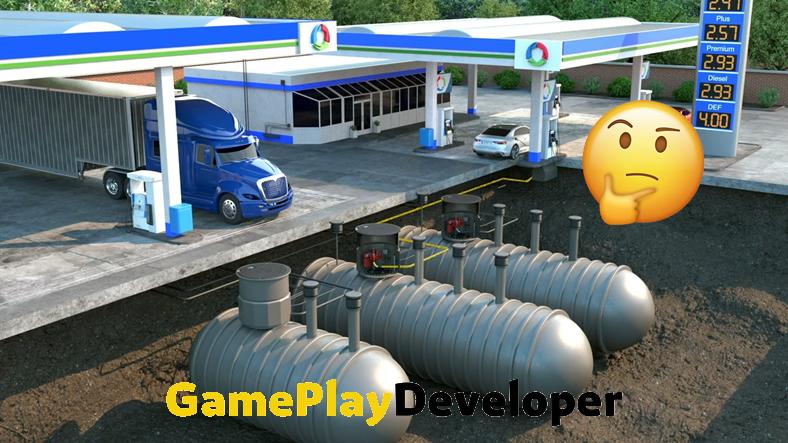
Car engines need fuel to run. As everyone knows, we buy fuel from gas stations or petrol stations. Before the gas stations took their current form, petroleum artifacts, in pharmacies It was sold as a side piece. Yes, you read it right, people were getting the fuel that powered their vehicles from pharmacies. It is known that the first of the stations, which did not work in their current form at that time, started their activities in a pharmacy in Wiesloch, Germany.
With the developing technology, fuel stations began to move to their own private areas and take their current form. We have also examined the working form of today’s fuel stations for you. What comes to mind for many people when refueling their car or engine? “How does the fuel get to this pump, where is its source?”We tried to answer the questions.
Gasoline reaches us from tanks with a special technology.
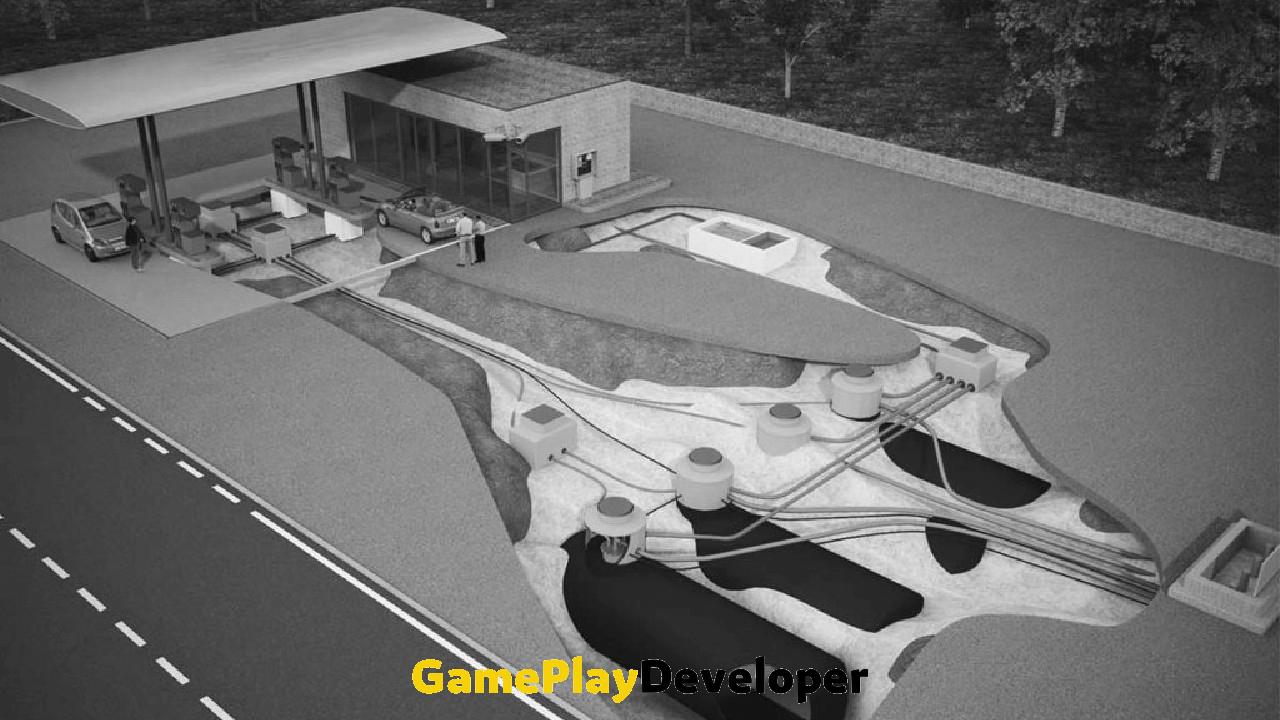
Fueling is something that anyone who has owned a car has done for years and is often not too hung up on the technical details. You dock your car at the station, refuel, pay your money and then you go. The system is so although it seems simpleAs you can see above, the working form of fuel stations is quite interesting.
As you can see in the photo, the fuels that allow the vehicles to move underground from their tanks reaches the pump. A special technology is used to ensure that the fuel reaches the pump from the tanks and then to our vehicles. At the same time, this technology is used both for environmental safety and for maintaining the structure of the tank.
Before talking about this technology, let’s look at the structure of the tank:
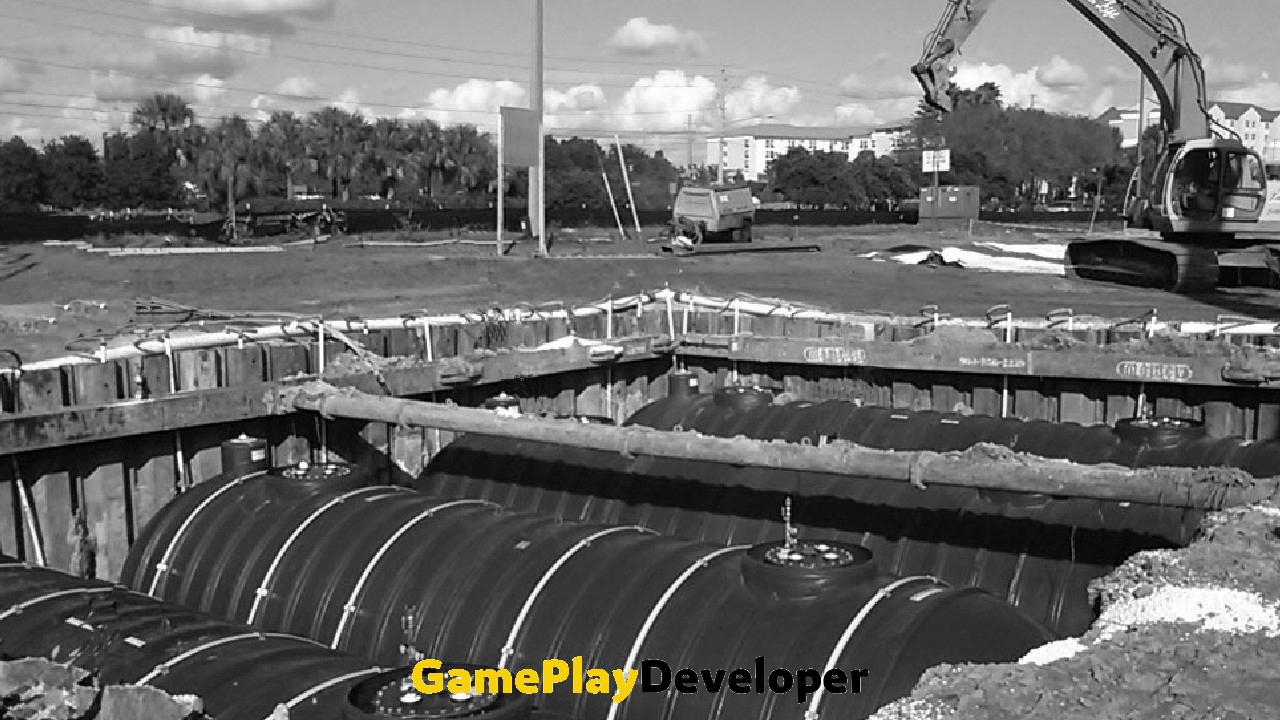
Fuel in the tank dangerous has a structure. Therefore, the tanks are buried underground to prevent the fuel from coming into contact with the environment as much as possible. The tanks placed in the pools dug underground are placed on a scale and fixed in order not to be affected by landslides that may occur after weather events such as precipitation and frost.
Average 115,000 to 150,000 liters Since the tanks with storage capacity will be underground for a long period of time, it is extremely valuable that both the internal structure and the external structure do not corrode and the fuel inside is protected. Therefore, the inside and outside of the tanks are produced using special tools.
The system becomes more reliable thanks to the valves.
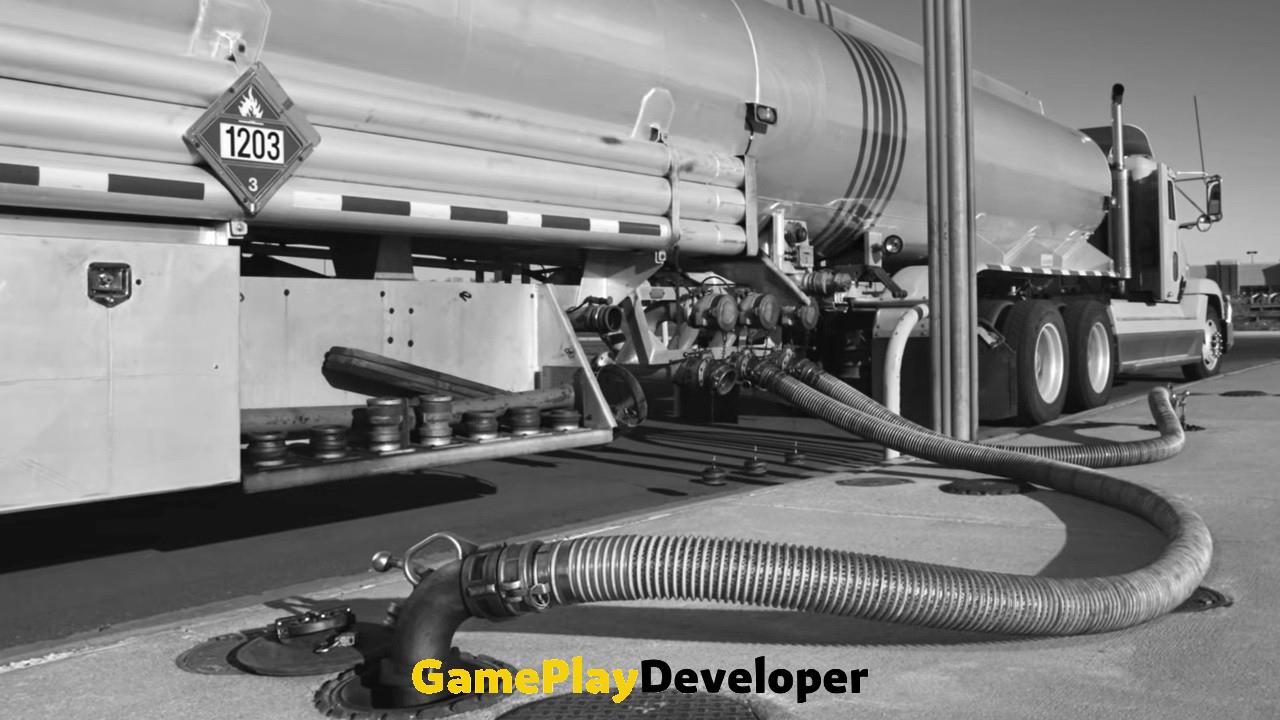
When we go to buy gas, we often see nothing but pumps, markets and buildings around. The warehouses of the stations, which do not have a visible storage unit, are usually kept underground, as we mentioned above, in tanks. These tanks are designed to store fuel in the safest form possible.
your fuel volatile structure greatly restricts the amount of fuel to be in the tank. Since fuel and fuel vapor are filled into the tank at the same time, overfilling may cause the tank to explode. In order to prevent this, there are various systems that show the filling size of the tanks. At the beginning of these systems are valves. Two valves are often used at gas stations around the world.
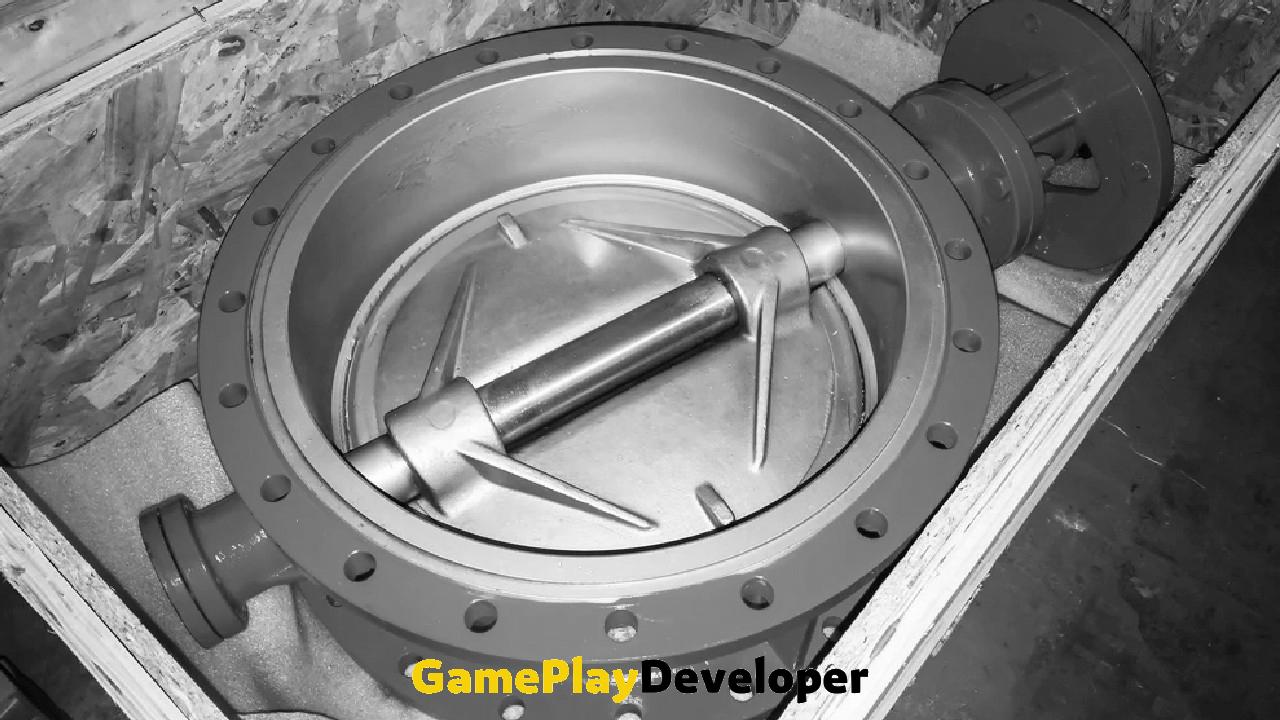
The first of the valves, which look similar to the one in the photo, rough up the overfilling of the fuel tanks. The second valve is the fuel coming out of the tank. from regulating the steam measure is responsible. In case the tank is overfilled, these valves block the ventilation pipes in the tanks and prevent the steam from escaping. In this way, situations such as combustion and explosion are prevented.

located in the tank float sensors provides instant monitoring of the fuel level in the storage tanks. These sensors transfer data to special systems in gas stations and allow rapid monitoring of situations such as the fuel level in the tank, the speed at which the fuel is dispensed, whether there is a leak or not.
This is how the system that powers our car’s engine works:
Let’s try to explain the system, which is shown quickly and simply in the image above, without bogging you down in technical details:
- First of all, it is in charge of getting fuel to our car, when it starts the pump, behind the scenes, to check that the pump system is working and that the desired fuel is loaded correctly. integrated field systemAnother system called the name is starting to work.
- At the same time, this system until you approveIt also prevents the fuel system from working.
- As soon as the approval is given, the field system sends a signal to the system inside the tank. Subsequently, fuel starts to pump.
- The system, which automatically determines how many liters of fuel the price measure entered into the system is, automatically turns itself offand stops the pump in the vehicle from working.
- According to the end or service life of the fuel in these tanks at 6 to 12 monthsNew fuels are added to the tanks through trucks loaded with a fuel.
We tried to explain the system of the fuel stations that we pass by every day and almost every week we get fuel for our cars. You can share your thoughts on the subject with us in the comments.
Sources: Science ABC, Veeder







